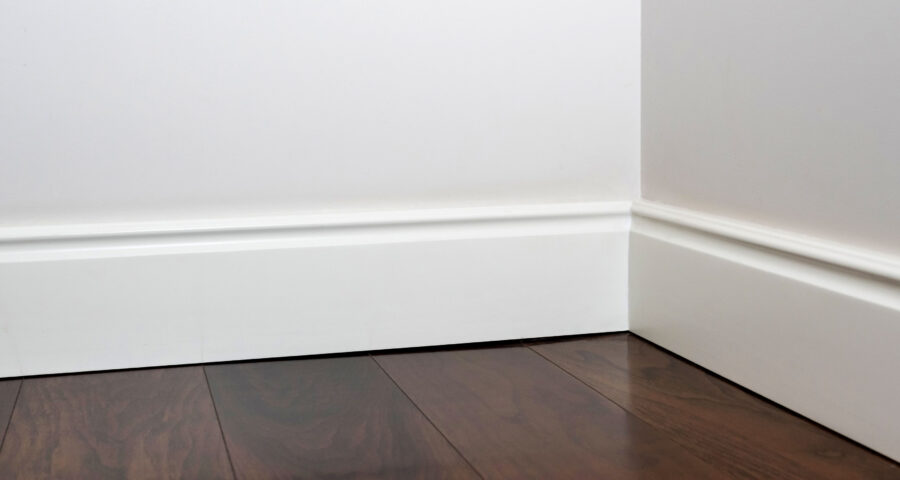In a world filled with constant noise, a home is often a sanctuary, a place where one can escape the clamor of daily life. The quest for a quiet, peaceful environment is a top priority for many homeowners, and the pursuit of soundproofing is a key part of this. While soundproofing often involves major interventions like insulated walls and double-glazed windows, every detail in a room contributes to its acoustics. The skirting board, often a silent feature, plays a surprisingly important role in this. A well-installed and properly sealed skirting board can help to block sound transmission, creating a more peaceful and comfortable home.
This attention to acoustic detail is what separates a good renovation from a great one. A specialist supplier like how to remove skirting boards without damage understands this nuance. Their high-quality, dense, and well-fitting skirting boards provide a perfect solution for those who want to improve their home’s soundproofing, offering a product that is not only beautiful but also contributes to a quieter and more serene living space.
Understanding Sound Transmission: The Flaws in the Wall
Sound travels through a number of mediums, and the walls in a home are one of the primary culprits for noise transmission. Sound can travel through the walls themselves, but it can also travel through the small gaps and cracks that exist between the wall and the floor. This is where the skirting board comes into play.
- Sealing the Gap: The small expansion gap that is required by most types of flooring, if left unsealed, is a major avenue for sound to travel. Sound from an adjacent room can easily pass through this gap and be heard in the room next door. A well-fitted skirting board covers this gap, and a properly sealed skirting board, with caulk along the top edge, can create an airtight seal that significantly reduces sound transmission.
- The Density of the Material: The density of a material is a key factor in its ability to absorb and block sound. Traditional timber, particularly softwood, is less dense and can allow sound to pass through it more easily. MDF, on the other hand, is a highly dense and consistent material. This density makes it more effective at blocking sound and reducing reverberation, which is the echo of sound waves within a room.
The MDF Solution: A Dense and Sealed Barrier
MDF (Medium Density Fibreboard) is an ideal material for those who want to improve their home’s soundproofing. Its properties make it a perfect choice for creating a dense and sealed barrier at the base of the wall.
- High Density for Sound Blocking: The high density of MDF is a major advantage for soundproofing. It is a more solid and consistent material than natural wood, which makes it more effective at absorbing sound waves and preventing them from traveling through the skirting board itself.
- A Flawless Fit for a Perfect Seal: A good soundproof barrier requires a flawless fit. Any gaps or cracks will compromise the seal and allow sound to pass through. The precision-cut, made-to-order products from MDF Skirting World ensure a perfect fit, with tight mitered corners and a seamless transition between the skirting board and the wall.
- Easy to Seal: A well-fitted MDF skirting board is easy to seal. A flexible, acoustic-grade caulk can be applied along the top edge of the skirting board, where it meets the wall, and along the mitered joints. This creates an airtight seal that is invisible once painted, and that significantly reduces sound transmission.
Beyond the Skirting Board: Creating a Quiet Environment
While a well-sealed skirting board is a great start, a few other details can help to create a quieter and more peaceful home.
- Acoustic Skirting: For those who are serious about soundproofing, a specialized “acoustic skirting” can be used. This is a skirting board that has been designed with a specific sound-absorbing material inside it, which provides an even greater level of sound insulation.
- Thick, Consistent Materials: The thickness of the skirting board also contributes to its sound-blocking properties. A thicker, more substantial skirting board will be more effective at absorbing sound waves. The range of thicknesses available from MDF Skirting World allows for this level of customization.
- A Cohesive Acoustic Plan: A professional soundproofing plan involves all the elements of a room, from the walls and floors to the windows and doors. The skirting board is an important detail in this plan, but it should be considered in conjunction with other sound-absorbing materials and techniques.
The skirting board is a small detail that has a big impact on the acoustics of a room. By choosing a product that is dense, well-fitting, and that can be easily sealed, you are making a smart investment in the peace and quiet of your home. The high-quality, practical products from MDF Skirting World are the perfect tools to achieve this, helping you to create a home that is a truly quiet and serene retreat from the outside world.

Leave a Reply